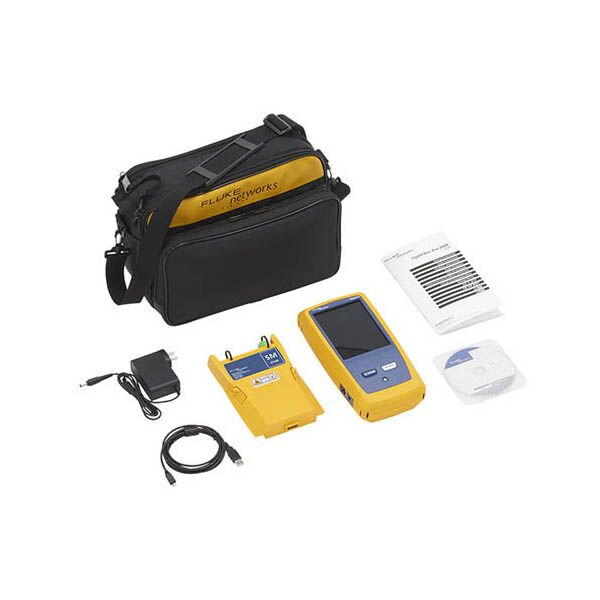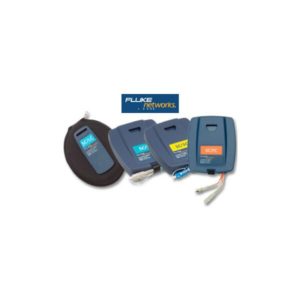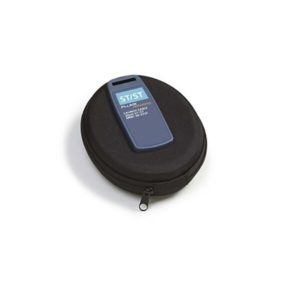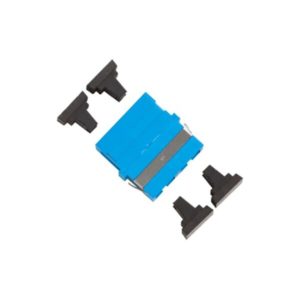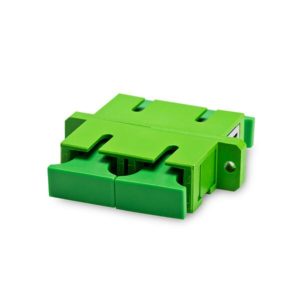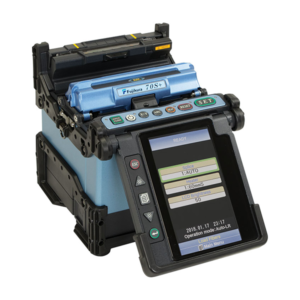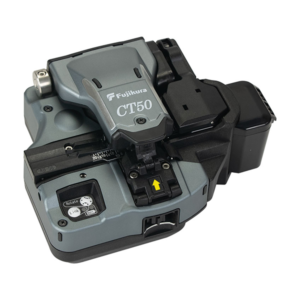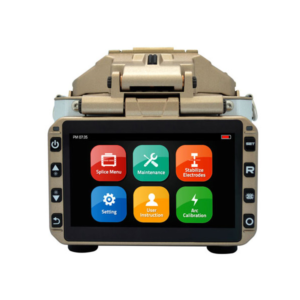Description
The Fluke Networks OFP2-200-S OptiFiber Pro OTDR V2s are designed to make every level of user more efficient whether working in data centers, outside plant, FTTx or PON applications. Novice users can set up and shoot traces in no time by using the Auto OTDR function which analyzes the fiber under test and then chooses appropriate settings. The EventMap feature analyzes traces like an expert, calculating overall loss and reflectance, indicating events such as splices, splitters bends and connectors. Experts can use these settings as the starting point for the Expert Manual Mode to experiment with the trace and uncover details of interest.
The OFP2-200-S features an advanced touchscreen interface with pinch and zoom for analysis that’s not only deep, but simple to master.
Features
· Includes the OTDR High Dynamic Range (HDR) module with 1310/1550 nm wavelength combinations
· FTTx, Outside Plant, Passive Optical Network (PON), Passive Optical LAN (POLAN), and Access applications
· Compatible fiber types: Singlemode
· 2m Test Reference Cords for testing SCAPC systems
· OTDR types: Auto, Auto PON, Manual, Manual PON
· Event Dead Zone: 1310 nm: 0.7 m (typical), 1550 nm: 0.7 m (typical)
· Attenuation Dead Zone: 1310 nm: 4 m (typical), 1550 nm: 4 m (typical)
· PON Dead Zone: 30 m (typical)
· Dynamic Range: 1310 nm: 42 dB (typical), 1550 nm: 41 dB (typical)
· Reflectance range: 1310 nm: -14 to -70 dB (typical), 1550 nm: -14 dB to -70 dB (typical)
· Taptive user interface puts advanced data analysis, easy set-up and operation at the fingertips of of technicians of all skill levels.
· SmartLoop OTDR enables automated testing and analysis of two fibers in a single test, eliminating the need to travel to the far end of the connection to perform tests.
· Splitter detection for automated discovery of splitters. Up to 3 cascaded splitters may be found or manually configured.
· Macrobend detection for automatic identification of bends.
· Expert Manual Mode: simplifies experimentation which allows you to zero in on the part of the trace that interests you.
· Ability to edit or add events: Add 0 dB events, such as perfect splices, not seen by the OTDR or change an event to the correct type: APC connector, a splice or loss event.
· Span a portion of a link – allows you to select a segment of fiber for analysis within a longer segment. Span allows you to test only the portion for which you are responsible.
· Stackable results and batch processing of traces. When testing many identical fibers at a time, batch processing allows users to look at multiple traces and stack them to spot differences and/or batch edit events quickly.
· Compatible with LinkWare Live. LinkWare Live enables you to easily track job progress, get real-time access to test results to quickly fix problems in the field, and easily transfer and consolidate test results from the tester to LinkWare PC Cable Test Management Software.
Specification Description
| Weight | 13 lbs | Rental Period | Weekly, Bi-Weekly, Monthly |
